Recently, there has been a growing concern about the potential toxicity of polyurethane foam mattresses. These mattresses, which are made from a petroleum-based material, have become increasingly popular due to their affordability and comfort. However, many consumers are unaware of the potential health risks associated with sleeping on a polyurethane foam mattress. In this article, we will explore the dangers of polyurethane foam mattresses and provide you with alternative options that are both safe and eco-friendly. Polyurethane Foam Mattress Toxicity: What You Need to Know
Polyurethane foam mattresses are made from a variety of chemicals, including polyols, isocyanates, and flame retardants. These chemicals have been linked to a range of health problems, including respiratory issues, skin irritation, and even cancer. In fact, polyurethane foam mattresses have been found to emit volatile organic compounds (VOCs) which can cause headaches, nausea, and irritation to the eyes, nose, and throat. Additionally, the production process of these mattresses releases harmful pollutants into the environment, contributing to air and water pollution. The Dangers of Polyurethane Foam Mattresses
The main concern with polyurethane foam mattresses is the chemicals used in their production. Polyurethane foam is made from a combination of petroleum, which is a non-renewable resource, and various toxic chemicals. These chemicals can be released into the air and absorbed by our bodies as we sleep. Some of the most common chemicals found in polyurethane foam mattresses include formaldehyde, benzene, and naphthalene, all of which are known carcinogens. Understanding the Chemicals in Your Mattress: Polyurethane Foam and Toxicity
If you are in the market for a new mattress and are concerned about the potential toxicity of polyurethane foam, there are a few things you can look for to ensure you are making a safer choice. Firstly, opt for a mattress that has been certified by a third-party organization, such as CertiPUR-US, which ensures that the foam is free from harmful chemicals. You can also choose a mattress made from natural materials, such as organic cotton, wool, or natural latex. These materials are not only safer for your health but also more sustainable for the environment. How to Choose a Non-Toxic Polyurethane Foam Mattress
Despite the dangers associated with polyurethane foam mattresses, many companies continue to market them as safe and comfortable options. This is due to the lack of regulations in the mattress industry, which allows companies to use potentially harmful chemicals without disclosing them to consumers. It is important to do your research and read the fine print when purchasing a mattress to ensure you are not unknowingly exposing yourself to toxic chemicals. The Truth About Polyurethane Foam Mattresses and Toxicity
The health risks associated with sleeping on a polyurethane foam mattress are not limited to the chemicals used in its production. These mattresses also have poor ventilation, which can lead to the growth of mold and bacteria. This can cause respiratory issues, allergies, and skin irritation. Additionally, the chemicals used in the mattress can break down over time and release toxic fumes, making it an ongoing health concern. Health Risks of Sleeping on a Polyurethane Foam Mattress
If you are looking for a safer and more environmentally friendly option for your mattress, there are several alternatives to polyurethane foam. Natural latex mattresses, for example, are made from the sap of rubber trees and do not contain any harmful chemicals. They are also biodegradable and can last for up to 20 years with proper care. Another option is an organic cotton or wool mattress, which are free from harmful chemicals and are more sustainable for the environment. Eco-Friendly Alternatives to Polyurethane Foam Mattresses
Aside from the potential health risks, polyurethane foam mattresses also have a significant impact on the environment. As mentioned earlier, the production process of these mattresses releases harmful pollutants into the air and water, contributing to pollution and climate change. Furthermore, these mattresses are not biodegradable and end up in landfills, taking hundreds of years to decompose. By choosing a more sustainable mattress option, you can help reduce your carbon footprint and contribute to a cleaner, healthier planet. The Environmental Impact of Polyurethane Foam Mattresses
Aside from choosing a non-toxic mattress, there are other ways you can avoid exposure to harmful chemicals while you sleep. One option is to use a mattress cover or protector, which can act as a barrier between you and the chemicals in the mattress. You can also opt for natural bedding options, such as organic cotton or bamboo sheets, to further reduce your exposure to harmful chemicals. How to Avoid Toxic Chemicals in Your Mattress
Choosing a natural latex mattress over a polyurethane foam one not only benefits your health and the environment, but it also offers a more comfortable and durable sleeping experience. Natural latex mattresses are known for their pressure-relieving qualities and are more resilient and long-lasting compared to polyurethane foam mattresses. Additionally, they are naturally hypoallergenic and resistant to dust mites, making it a great option for those with allergies or respiratory issues. In conclusion, it is crucial to educate yourself about the potential toxicity of polyurethane foam mattresses and consider alternative options that are safer for your health and the environment. By making a more informed decision when purchasing a mattress, you can not only improve your sleep quality but also contribute to a healthier planet for future generations. The Benefits of Choosing a Natural Latex Mattress Over Polyurethane Foam
Understanding the Toxicity of Polyurethane Foam Mattresses and Its Impact on House Design
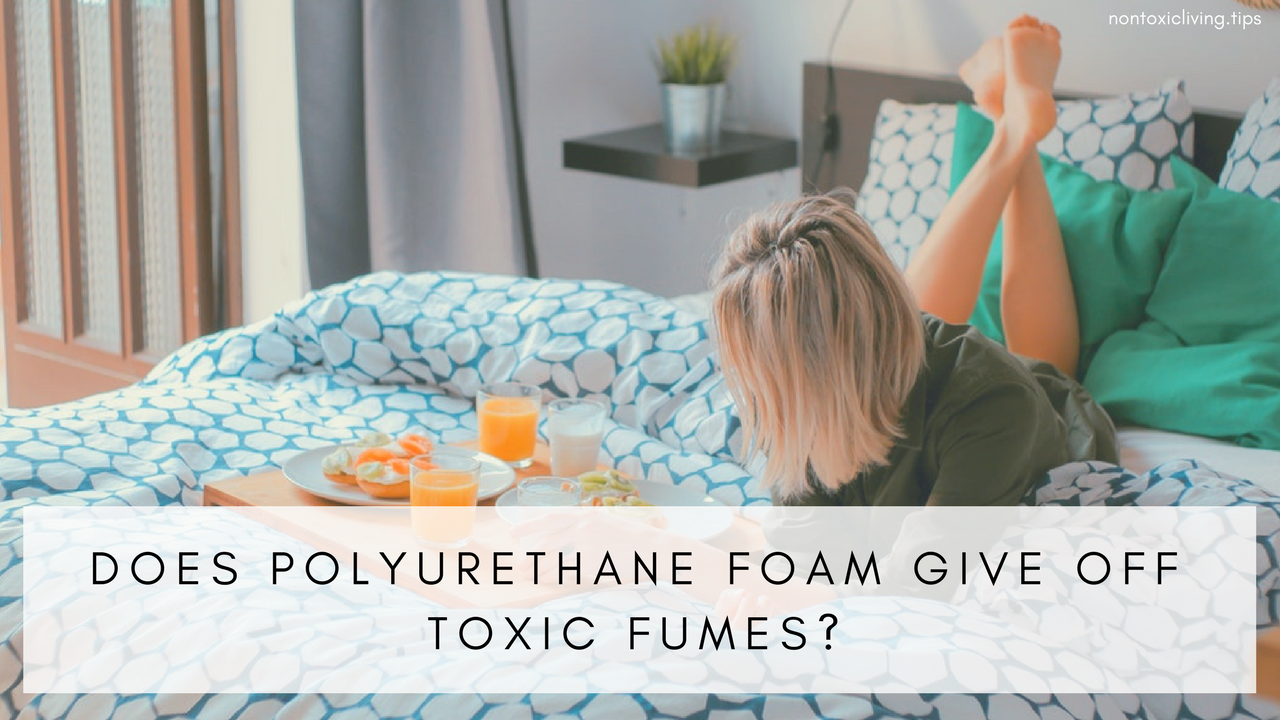
The Rise of Polyurethane Foam Mattresses
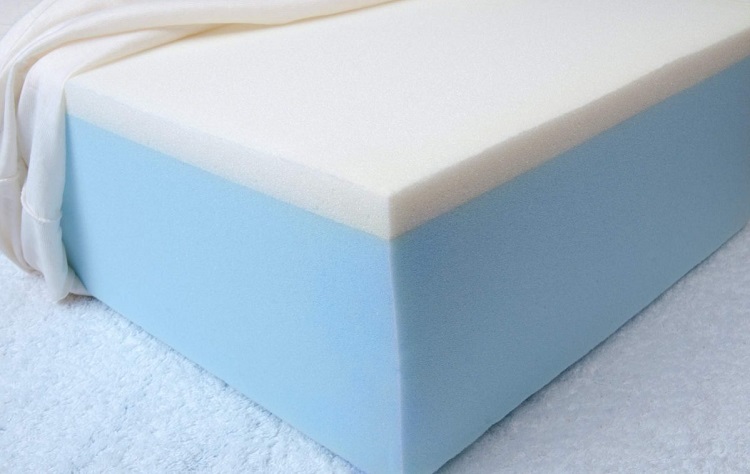 In recent years, polyurethane foam mattresses have gained popularity and become a staple in many households. These mattresses are known for their comfort and affordability, making them a top choice for many consumers. However, what most people are not aware of is the potential toxicity of these mattresses and how it can affect not only their health but also the overall design of their house.
In recent years, polyurethane foam mattresses have gained popularity and become a staple in many households. These mattresses are known for their comfort and affordability, making them a top choice for many consumers. However, what most people are not aware of is the potential toxicity of these mattresses and how it can affect not only their health but also the overall design of their house.
The Chemical Composition of Polyurethane Foam Mattresses
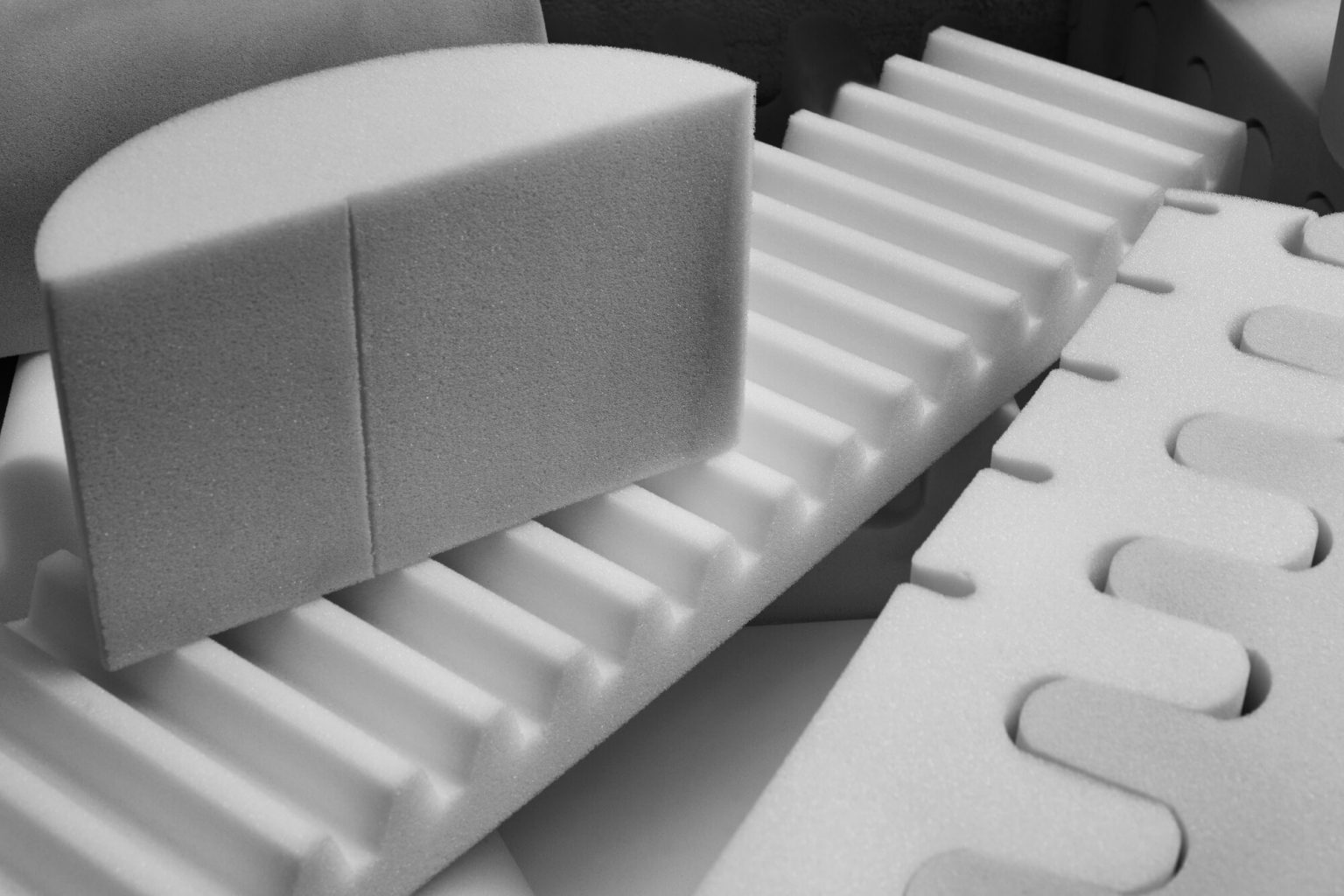 Polyurethane foam mattresses are made from polyurethane foam, a synthetic material that is derived from petroleum-based chemicals. This foam is then treated with flame retardants, adhesives, and other chemicals to make it more durable and fire-resistant. Unfortunately, many of these chemicals are known to be toxic and can emit harmful gases and particles, which can have a negative impact on our health.
Polyurethane foam mattresses are made from polyurethane foam, a synthetic material that is derived from petroleum-based chemicals. This foam is then treated with flame retardants, adhesives, and other chemicals to make it more durable and fire-resistant. Unfortunately, many of these chemicals are known to be toxic and can emit harmful gases and particles, which can have a negative impact on our health.
The Health Risks of Polyurethane Foam Mattresses
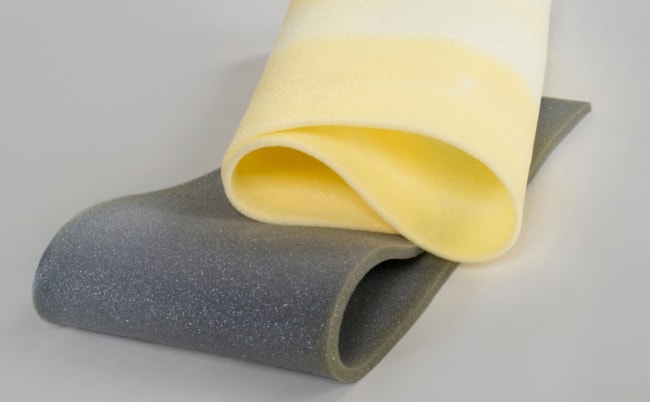 The chemicals used in polyurethane foam mattresses are known to be respiratory irritants and can cause skin irritation, headaches, and even neurological issues. Some of the common chemicals found in these mattresses include formaldehyde, benzene, and toluene, which have been linked to health problems such as cancer, asthma, and developmental disorders. These chemicals can also leach into the air and contaminate the indoor environment, affecting the air quality and posing a risk to our health.
The chemicals used in polyurethane foam mattresses are known to be respiratory irritants and can cause skin irritation, headaches, and even neurological issues. Some of the common chemicals found in these mattresses include formaldehyde, benzene, and toluene, which have been linked to health problems such as cancer, asthma, and developmental disorders. These chemicals can also leach into the air and contaminate the indoor environment, affecting the air quality and posing a risk to our health.
The Impact on House Design
 Aside from the health risks, the toxicity of polyurethane foam mattresses can also have an impact on the design of our house. The chemicals used in these mattresses can release strong odors, which can be difficult to get rid of. This can affect the overall ambiance and aesthetic of our living space. Moreover, the potential off-gassing of these chemicals can also damage furniture, walls, and other decor in our house, leading to costly replacements and renovations.
Aside from the health risks, the toxicity of polyurethane foam mattresses can also have an impact on the design of our house. The chemicals used in these mattresses can release strong odors, which can be difficult to get rid of. This can affect the overall ambiance and aesthetic of our living space. Moreover, the potential off-gassing of these chemicals can also damage furniture, walls, and other decor in our house, leading to costly replacements and renovations.
Conclusion
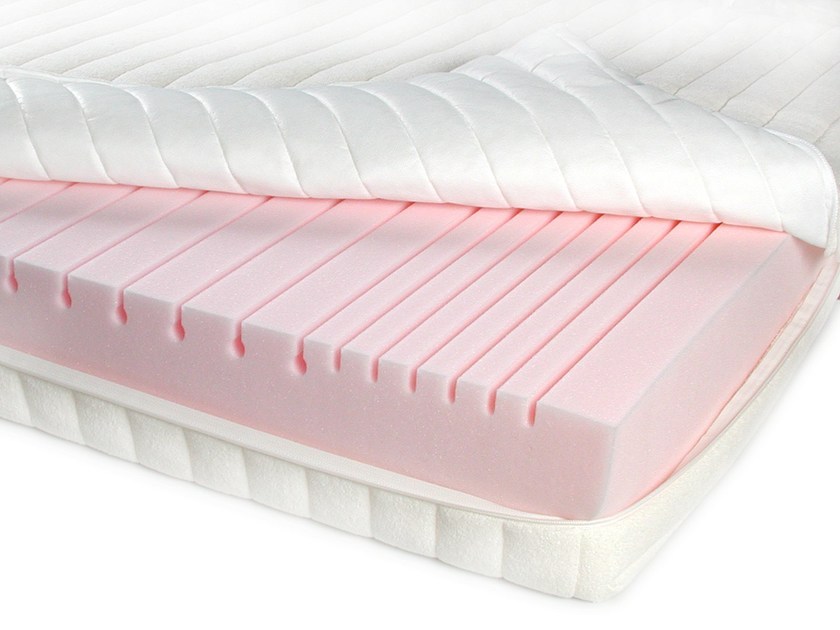 As consumers, it is important to be aware of the potential toxicity of polyurethane foam mattresses and its impact on our health and house design. When choosing a mattress, it is crucial to opt for natural and organic materials to minimize our exposure to harmful chemicals. With proper research and consideration, we can create a safe and healthy home environment without compromising on comfort and style.
As consumers, it is important to be aware of the potential toxicity of polyurethane foam mattresses and its impact on our health and house design. When choosing a mattress, it is crucial to opt for natural and organic materials to minimize our exposure to harmful chemicals. With proper research and consideration, we can create a safe and healthy home environment without compromising on comfort and style.



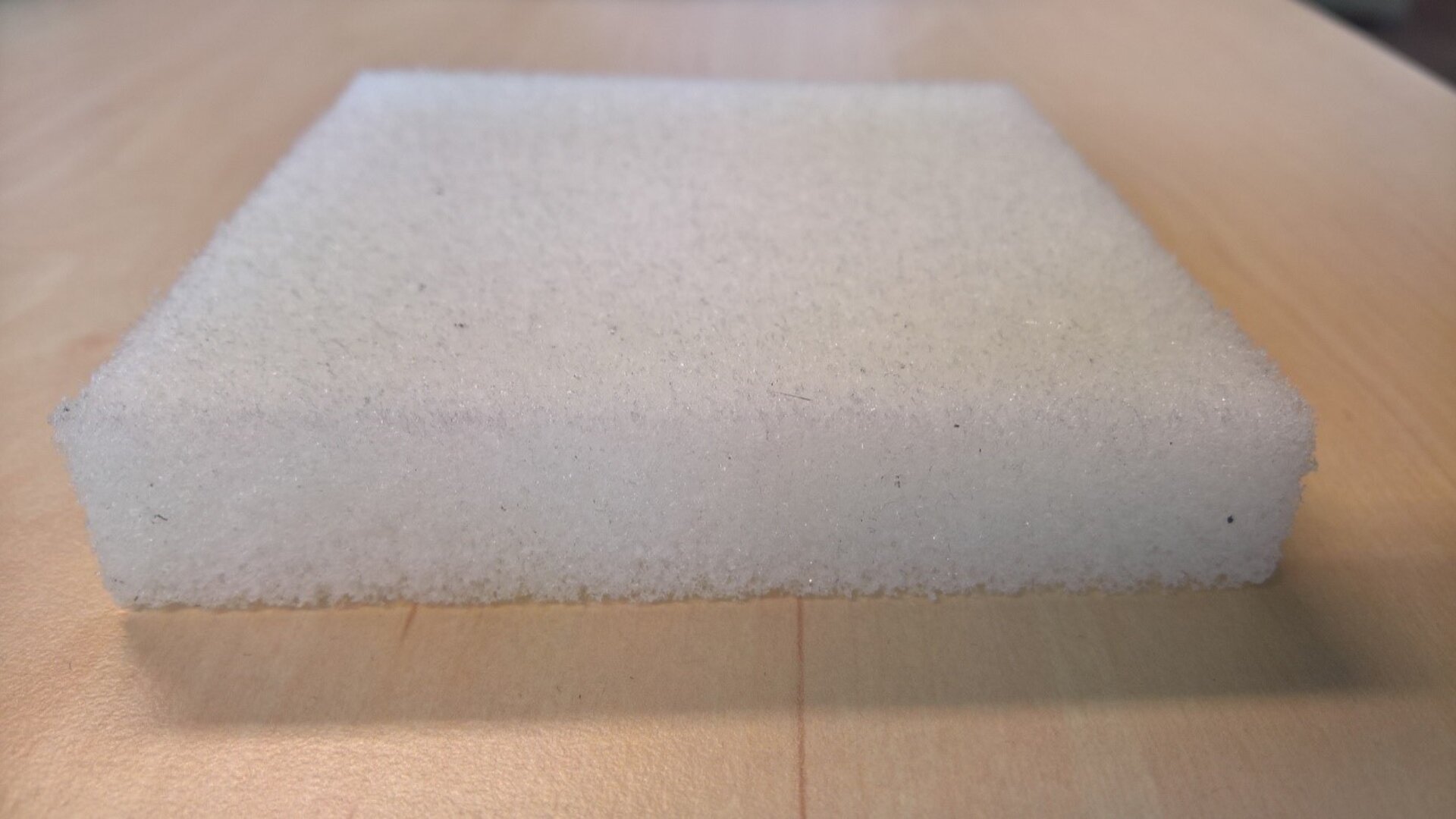


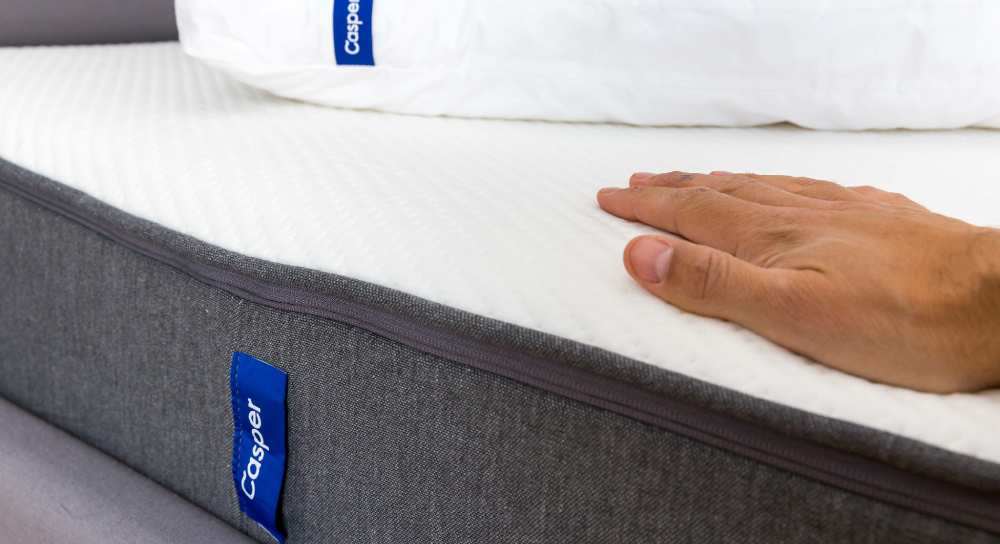







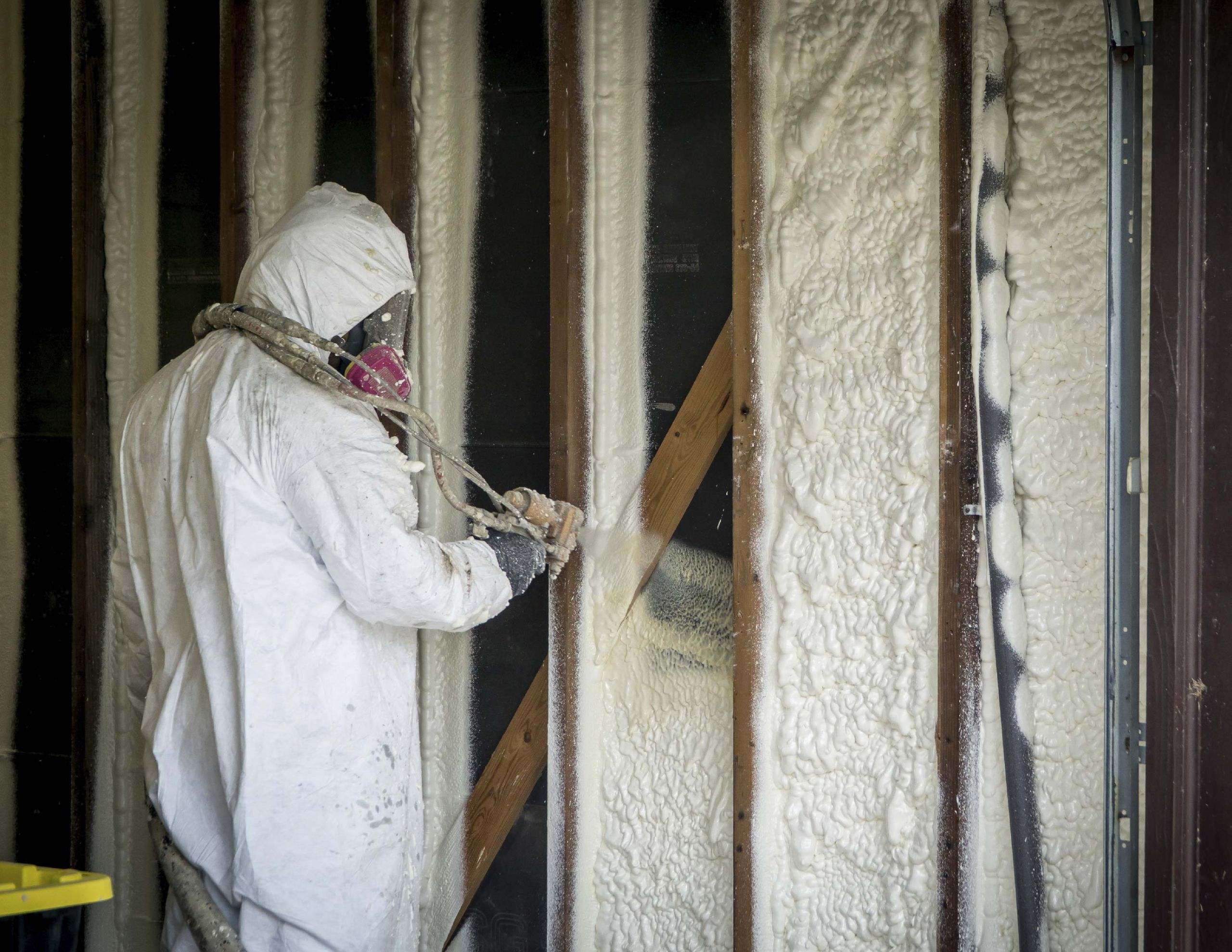
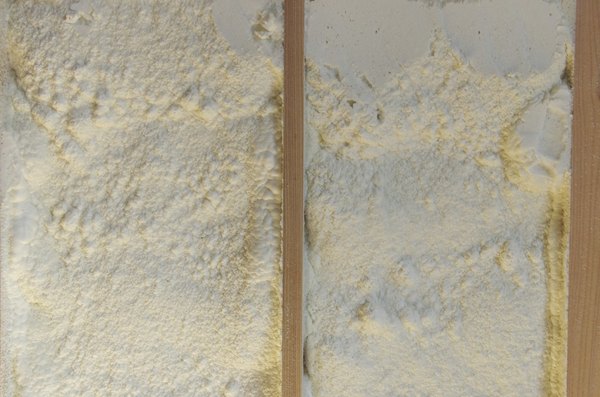








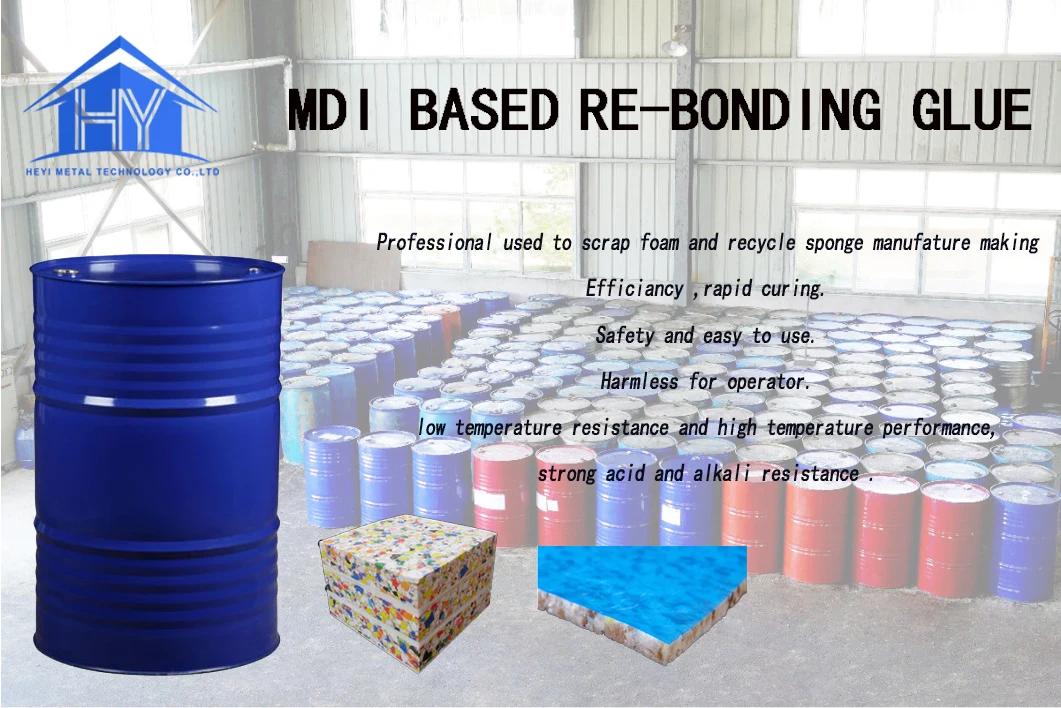
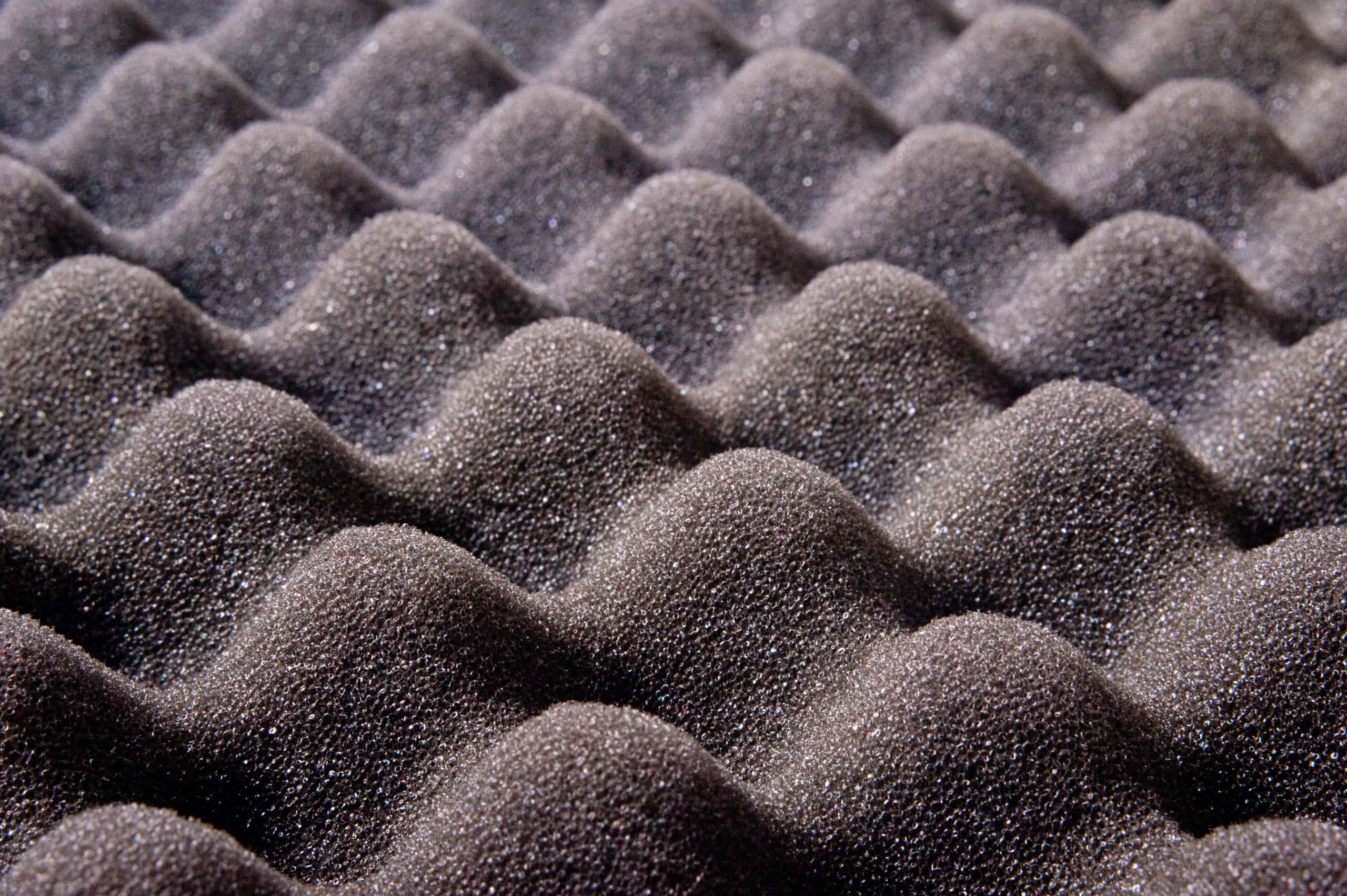
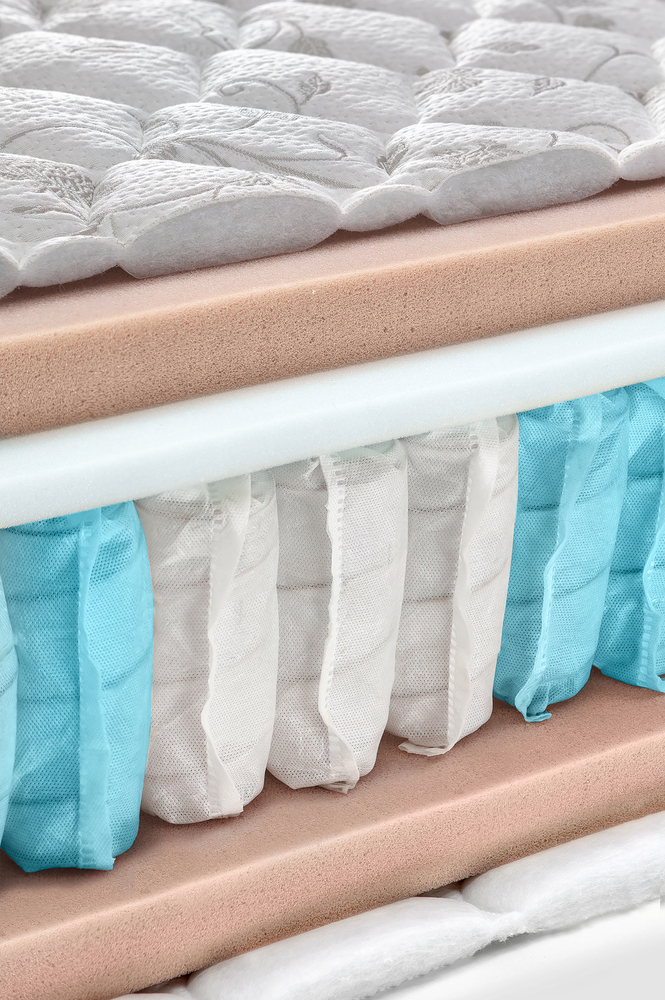
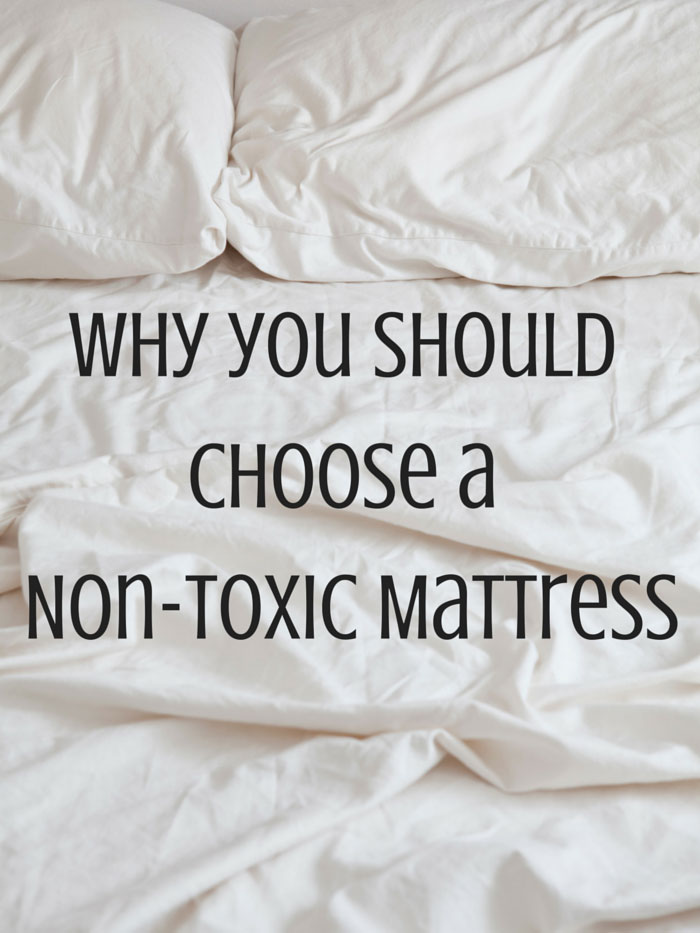
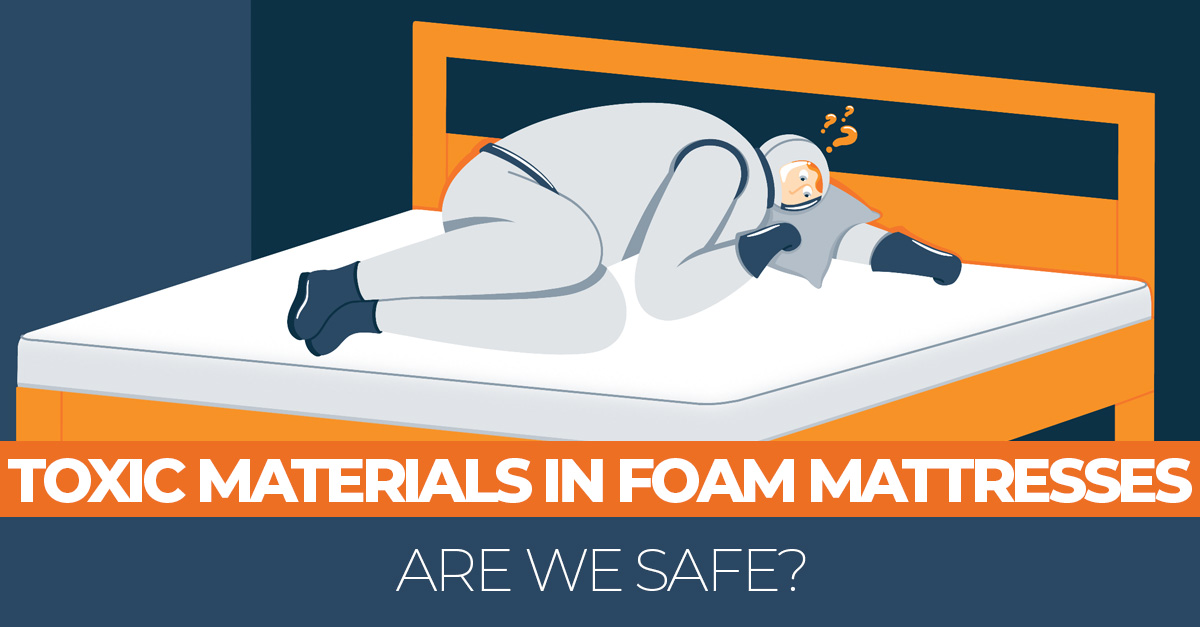

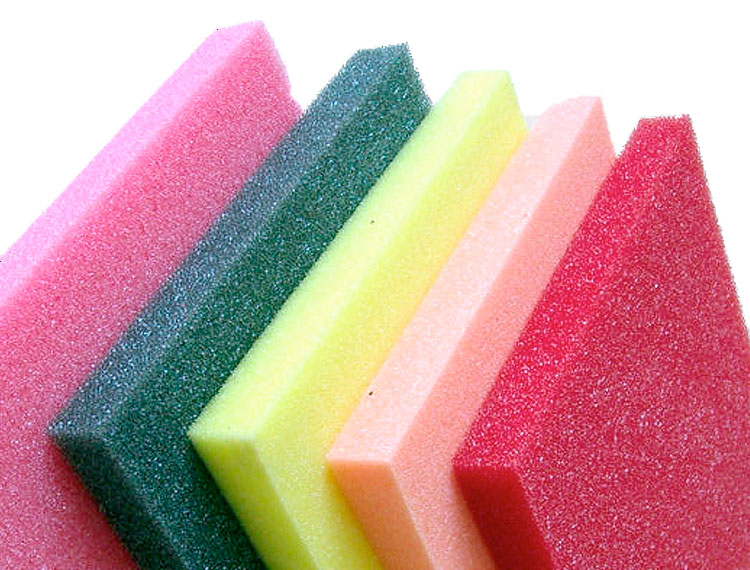



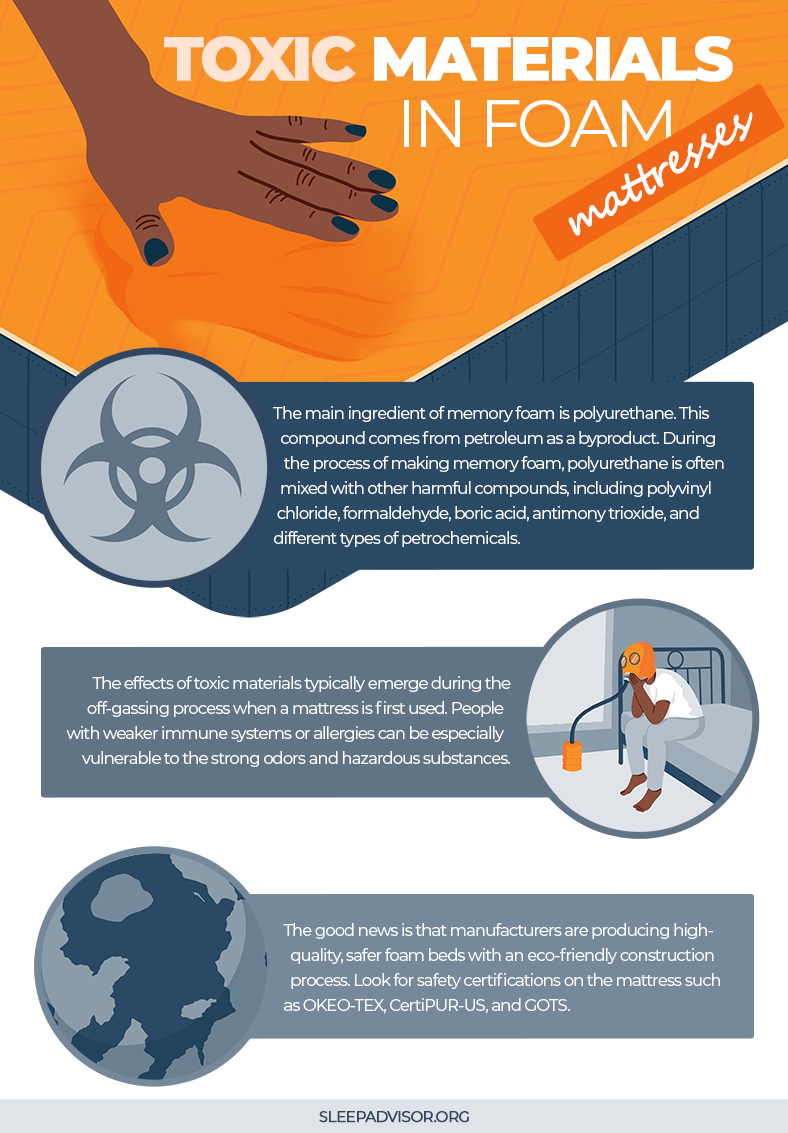



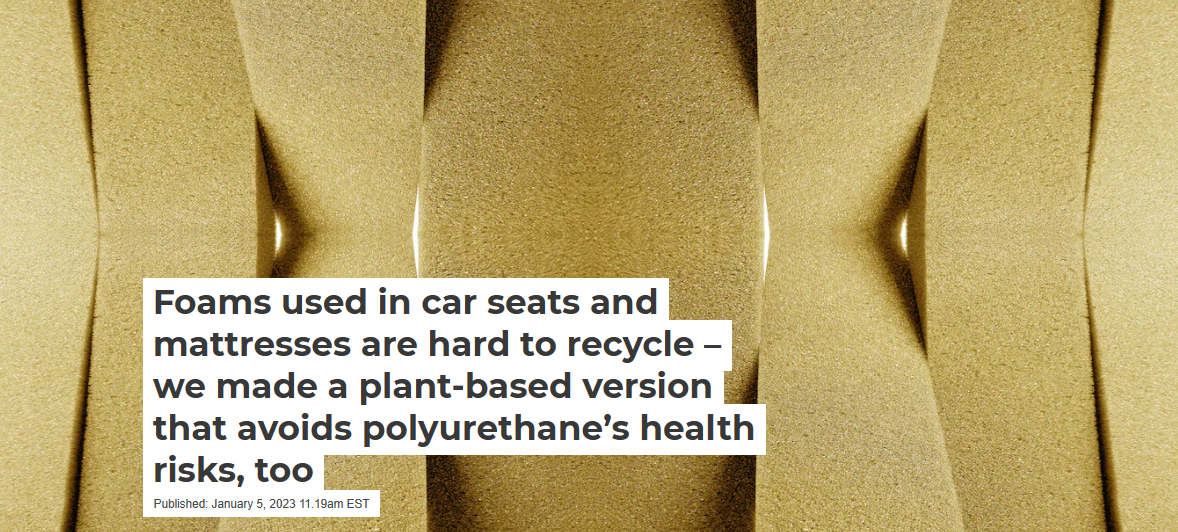



:max_bytes(150000):strip_icc()/what-are-the-symptoms-of-sleep-deprivation-3015161_color4-5b42c4ddc9e77c00374089b8.png)







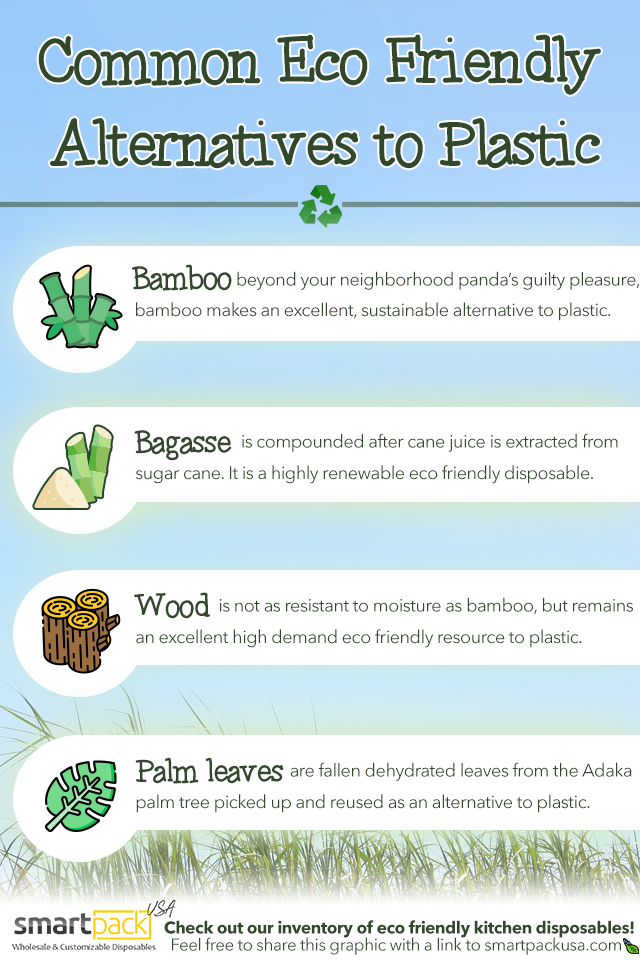


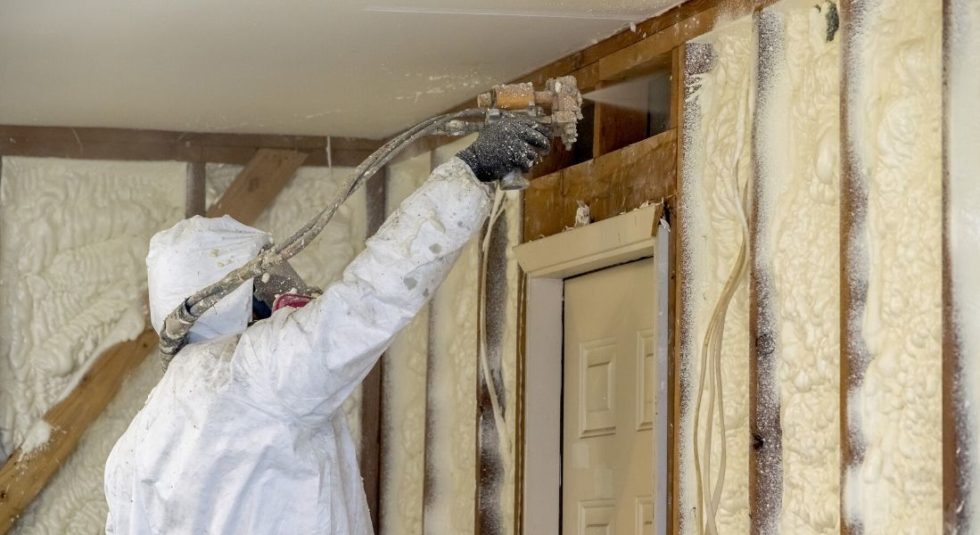









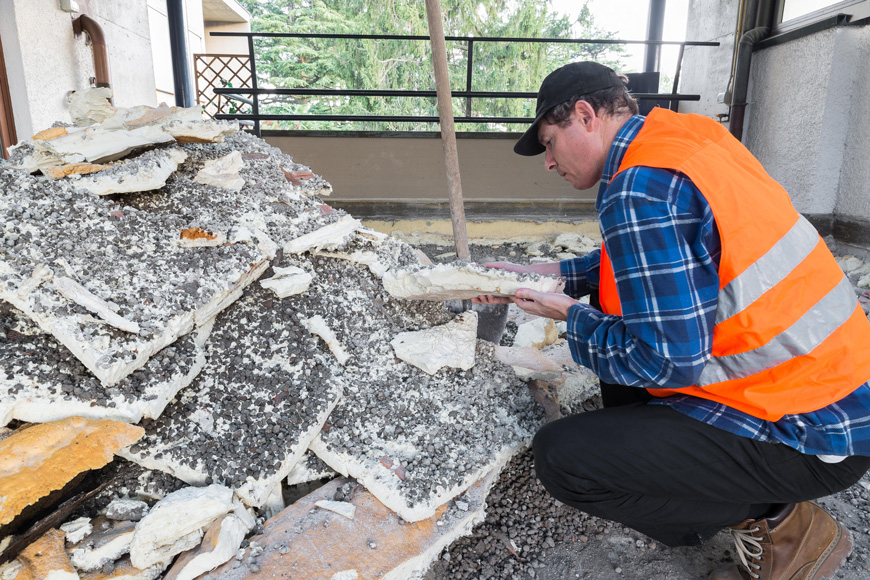

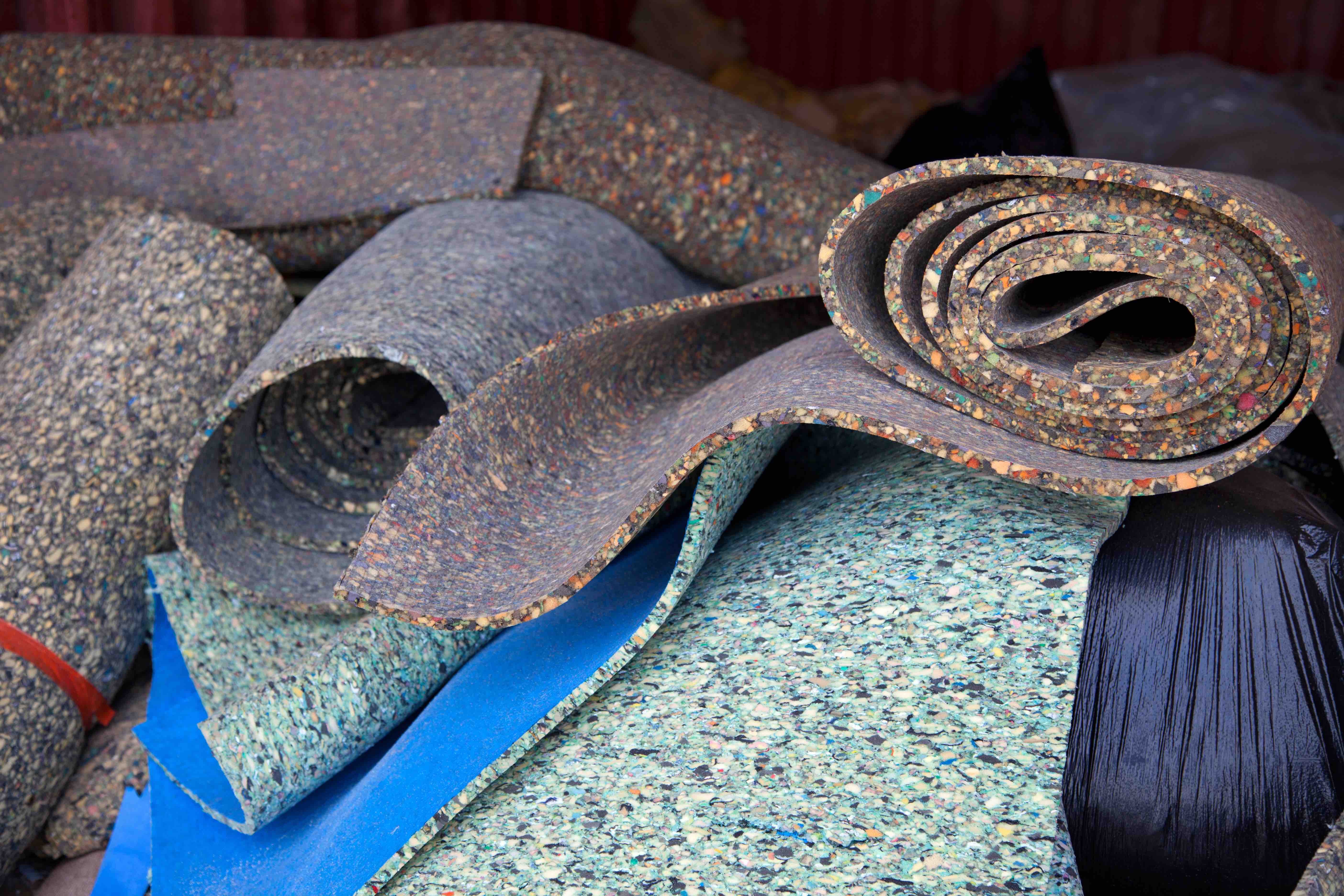








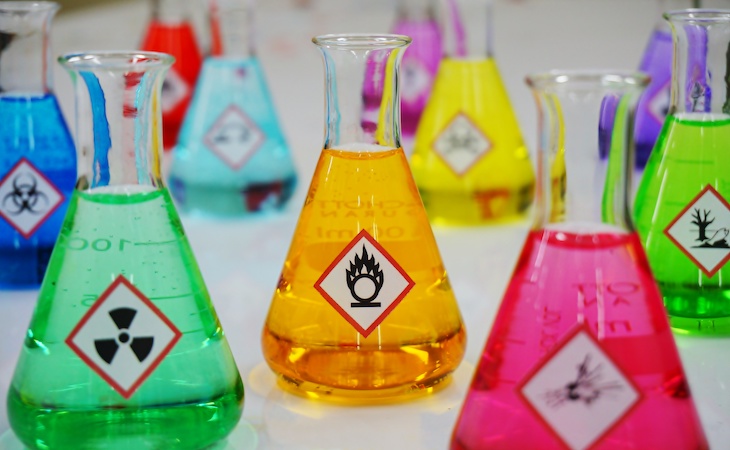


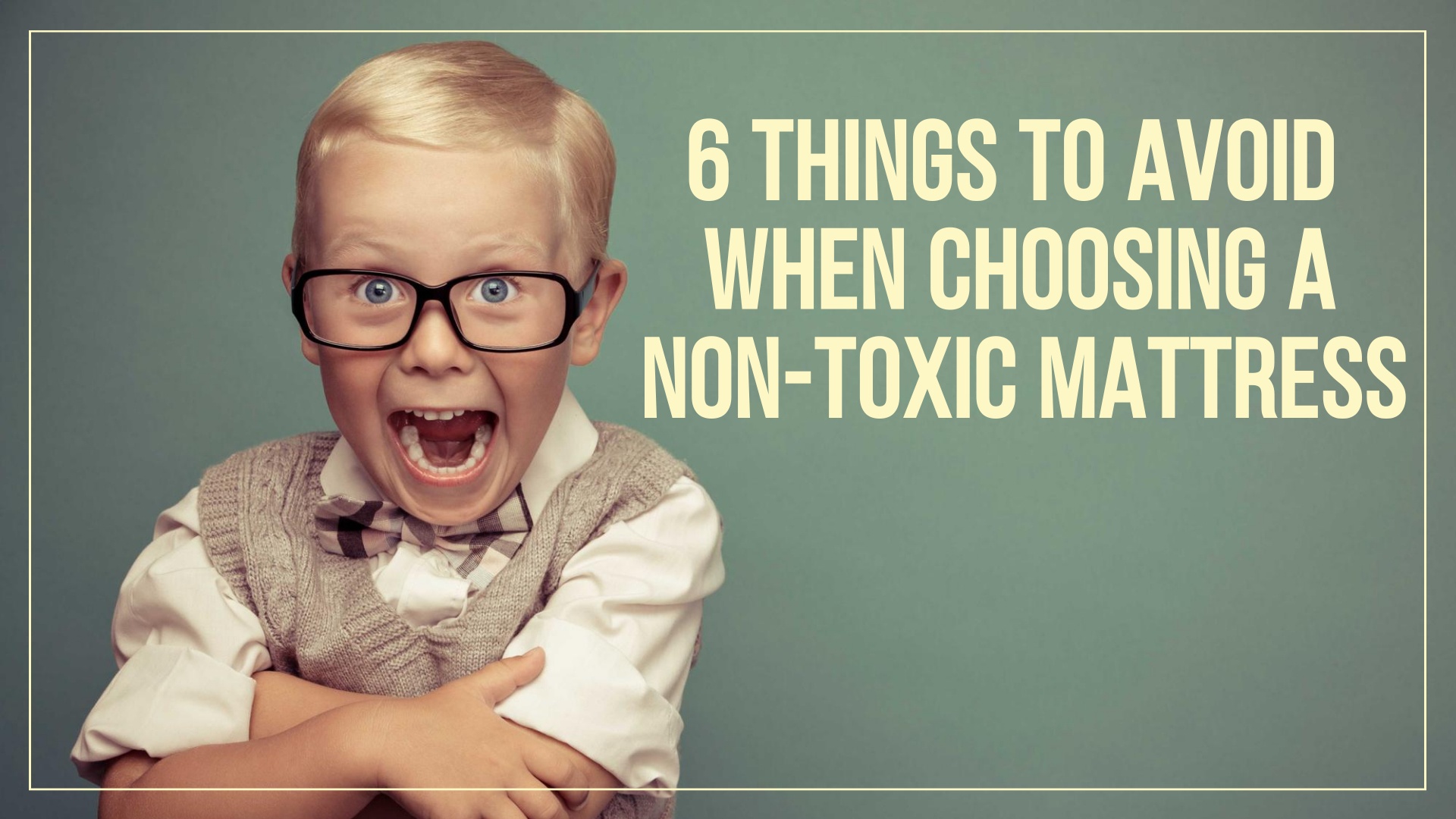











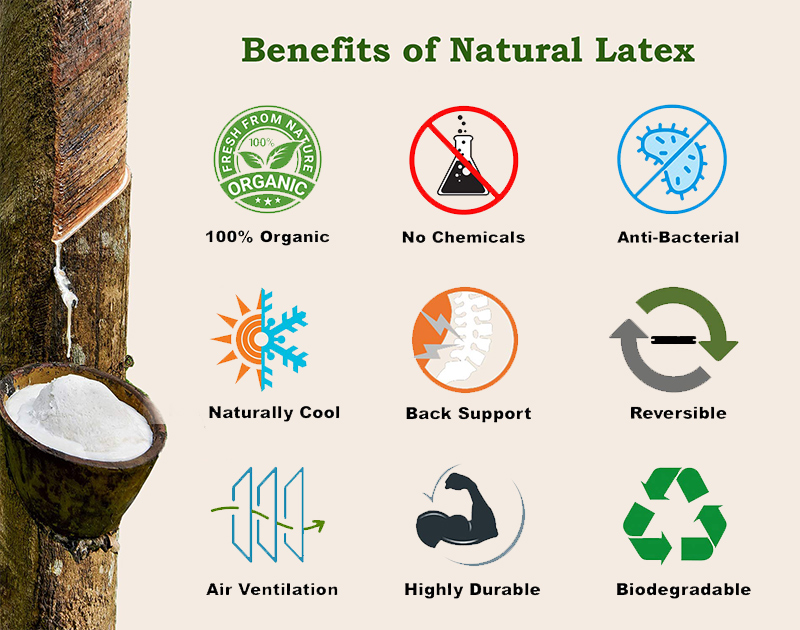




/172788935-56a49f413df78cf772834e90.jpg)



:max_bytes(150000):strip_icc()/best-kitchen-sinks-4801594-jay-wilde-c7cfe5a945f84158a6eef3b25bdec316.jpg)
